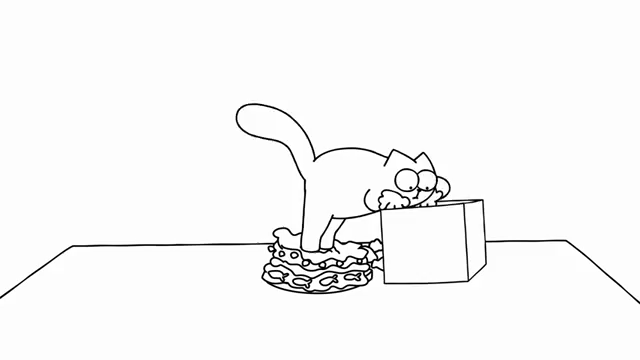In the early part of the century which preceded our 21st, Henry Huntington, the railroad magnate, possessed 4 copies of Shakespeare's First Folio. Henry Clay Folger, President of Standard Oil, had 82 copies (later to be the basis for the Folger Shakespeare Library in Washington DC.)
For Henry Clay Folger Jr. (June 18, 1857 to June 11, 1930) ) each First Folio copy was individual and an individual treasure. Here is an example of an particular copy of a print run being especially interesting: this is not from Shakespeare's writing, but Eric Rasmussen in
The Shakespeare Thefts: In Search of the First Folios (2011) cites a manuscript of John Donne's. In one place in Donne's work, where there is a blot of ink, there is also an eyelash which has dried in the ink, and so centuries later Donne's lash is a touching reminder, of the mortality of the poet and that immortality which may transcend.
Rasmussen has another example, this incident about a Shakespeare Folio. Although it is not part of the Folger, the Shakespeare First Folio belonging to the Marquis of Northampton, preserves, near the beginning of "Love's Labour's Lost" a page with 5 cat paw prints. Apparently "a cat with dirty paws jumped up onto the volume as it lay sitting [sic] on a table or lap. It then appears that before it could take a full sixth step, the cat was snatched off of the book."
Eighty-two copies of Shakespeare's First Folio is a wonderful gift to the cultural world of the United States. We do wonder how much Folger might have offered to obtain such a amusingly marked copy as we just described: how much would the price have been to avoid Folger's Labour's Lost?








